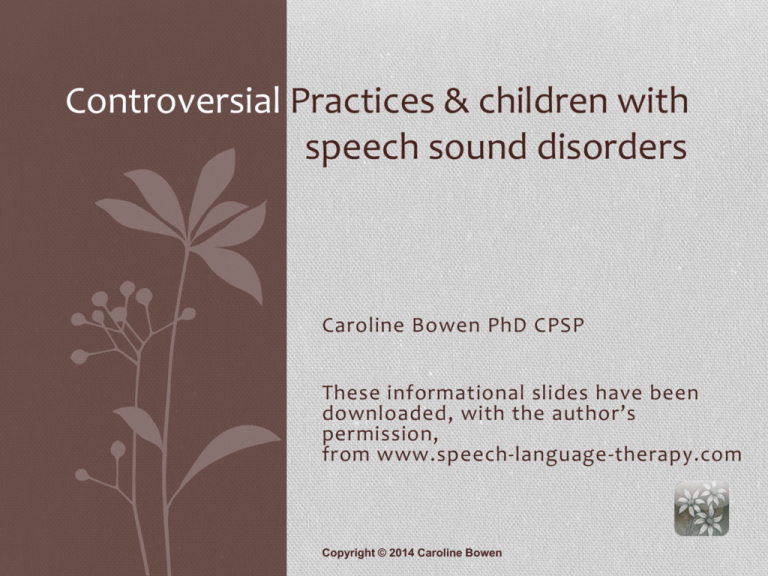

They only differ by the initial phoneme – /k/ and /t/ – and this involves a small difference in place of production (velar vs alveolar). These two words are identical in terms of the vowel /ae/ and final consonant /p/. In the case of a minimal pair, the two words differ by a single phoneme and by one or two features across place and manner of articulation and voicing.įor example, let’s look at the pair “cap” and “tap”. b/, /g/), but turn our voices off for others (e.g.

The Minimal Pairs Approach was developed by Dr Frederick F. Let’s dive into the nuts and bolts of these two approaches. Both are contrastive approaches and are used for phonological intervention. In this article, we explore both the so-called “Minimal Pairs Approach” and the “Maximal Pairs Approach”. Apart from the Cycles Approach and the Complexity Approach, the “Contrastive Approach” is another common way to treat children with phonological speech disorders. Table 3: Elimination of Phonological Processes. We’d be happy to come to your home for your convenience or meet you in a community setting such as a local library.īowen, C.
Caroline bowen phonological processes free#
We also offer FREE speech and language screenings. Click on the contact section where you will find our phone number and email. If you’re concerned about your child’s speech development, The Speech & Career Center would love to answer any questions you may have regarding your child’s speech or the chart provided for you to view. I frequently reference this chart with all my phonological processing disorder cases. I have this chart laminated and I keep it in my work bag. Below you will find a link to Caroline Bowen’s Phonological Processes’ Chart. The first step is knowing when phonological processes should begin fading as your child’s speech develops. The more phonological processes a child is using the more difficult their speech intelligibility will be. For some children, these speech sound patterns exist beyond the typical age of development. As children continue developing, those phonological processes will eventually fade.
Caroline bowen phonological processes how to#
As children are developing speech, phonological processes are normal because they’re still learning how to move their articulators (tongue, teeth, lips, jaw, vocal cords) in order to produce desired sounds. sh/, /s/) and other sounds that require the airflow to only continue briefly (i.e. There are some sounds in our language that require continuous airflow (i.e. t/, /d/) while others are produced in the back of our mouth (i.e. In other words, some sounds are produced in the front of our mouth (i.e. What is a Phonological Processing Disorder?Ī Phonological Processing Disorder refers to a child’s difficulty understanding the speech sound rules governing our language.


 0 kommentar(er)
0 kommentar(er)
